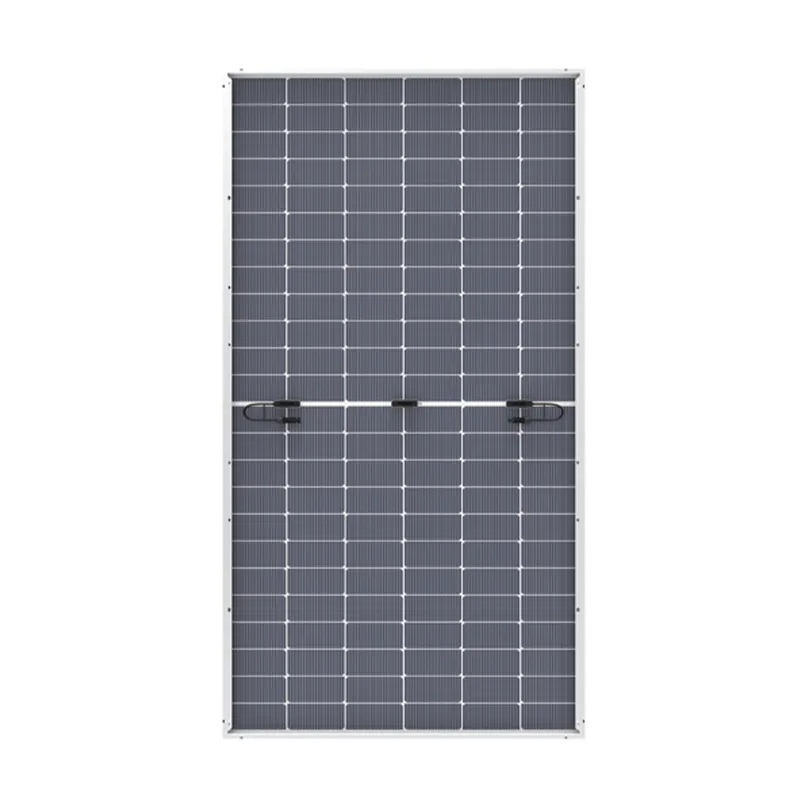Understanding the Costs Involved in Installing a Residential Solar Panel System for Homes
Understanding the Costs of Home Solar Panel Systems
In recent years, the demand for renewable energy sources, particularly solar energy, has surged. Many homeowners are considering the installation of solar panel systems not only to reduce their carbon footprint but also to save on electricity costs in the long run. However, potential buyers often find themselves asking what is the actual cost of a home solar panel system?
The cost of a home solar panel system can vary significantly based on a number of factors, including the size of the system, geographical location, type of panels used, and available incentives or rebates. On average, the cost of solar panel installations in the United States can range from $15,000 to $25,000 before any tax credits or incentives. This price is generally calculated on a per-watt basis, with an average cost of around $3 to $5 per watt.
Understanding the Costs of Home Solar Panel Systems
Geographical location also plays a crucial role in determining costs. Areas with abundant sunlight can maximize energy generation, making solar investment more worthwhile. Additionally, local labor costs for installation can vary, impacting the total expenditure. It is advisable for homeowners to obtain multiple quotes from different solar installers to ensure they are getting a fair price.
home solar panel system cost

The type of solar panels chosen can significantly affect the overall cost as well. There are primarily two types of solar panels monocrystalline and polycrystalline. Monocrystalline panels tend to be more efficient and occupy less space, but they are also generally more expensive. Conversely, polycrystalline panels are more affordable but may require more space for the same amount of energy production. Homeowners should weigh their budget against their energy needs when deciding on panel types.
Another crucial consideration is the availability of incentives, which can dramatically reduce the upfront costs of solar installation. The Federal Solar Investment Tax Credit (ITC) allows homeowners to deduct a significant percentage of the installation costs from their federal taxes. Many states and localities also offer incentives, such as rebates or property tax exemptions, to promote the use of renewable energy. Homeowners should thoroughly research all available incentives to capitalize on potential savings.
While the initial costs of a solar panel system can seem daunting, it is essential to consider the long-term financial benefits. Most solar panels come with warranties ranging from 20 to 25 years, and many homeowners see a return on their investment within 5 to 10 years, depending on their local electricity rates and system size. Furthermore, solar energy can shield homeowners from fluctuating energy prices, offering predictability and stability in energy costs.
In conclusion, the cost of a home solar panel system can vary widely based on multiple factors, including system size, location, panel type, and available incentives. While the upfront investment may be significant, the long-term savings and environmental benefits make solar energy an appealing option for many homeowners. As awareness of climate change grows, the shift toward renewable energy is likely to continue, making solar installations an increasingly popular choice for homes across the nation.
-
Understanding the Advantages of Solar String Inverters for Your Energy SystemNewsApr.29,2025
-
Choosing the Right PV Inverter: A Comprehensive GuideNewsApr.29,2025
-
The Future of Solar Power: Exploring Bifacial Solar PanelsNewsApr.29,2025
-
The Complete Guide to Solar Panels: Efficiency, Cost, And InstallationNewsApr.29,2025
-
The Best Options for Efficiency and Cost-EffectivenessNewsApr.29,2025
-
Harnessing the Power of Off-Grid Solar Inverters for Energy IndependenceNewsApr.29,2025







